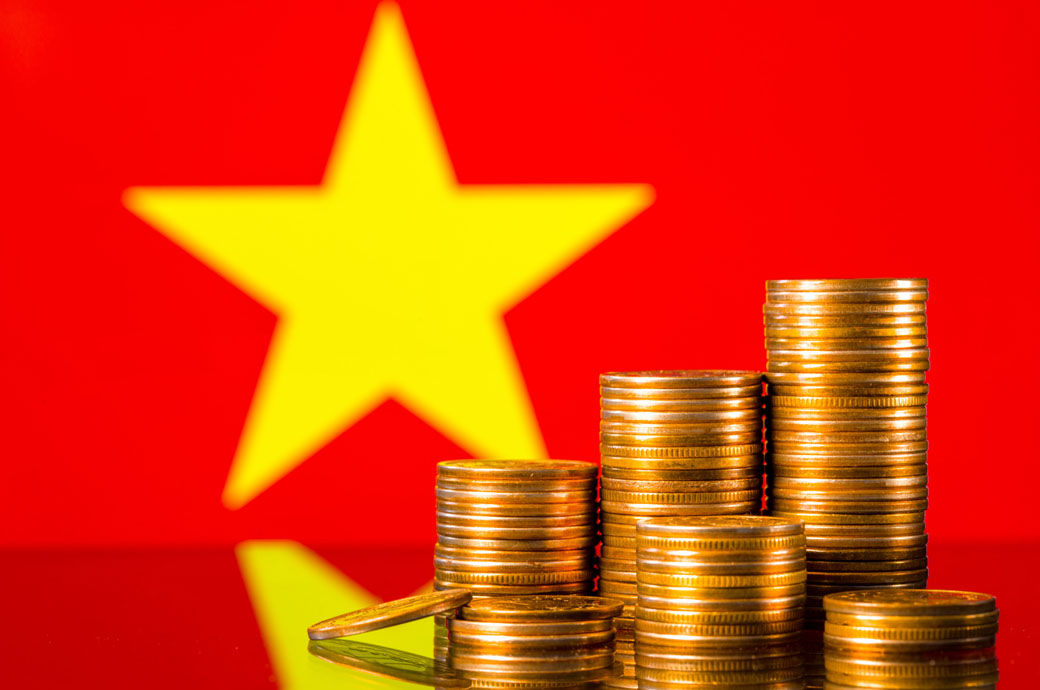
“In addition, amid global trade shifts and rising uncertainty, diversifying trade and investment partnerships will be essential for building resilience and ensuring long-term success,” he said in the context of a new World Bank report that explores how the country can upgrade its participation in global value chains to achieve high income status by 2045.
In the report titled ‘Vietnam 2045: Trading Up in a Changing World—Pathways to a High-Income Future’, the World Bank has proposed a multipronged approach to the country to unlock productivity growth, attract private investment and upgrade participation in global value chains.
Policy options include deepening regional trade integration; linking domestic enterprises to global supply chains; promoting skill- and technology-intensive manufacturing and high-value-added services; and transitioning to low-carbon, climate-resilient production.
The report’s findings were presented at a high-level workshop with Vietnamese policymakers in Hanoi recently.
Integration into global markets has been the key driver of Vietnam’s development success over the past 40 years, propelling one of the longest and fastest economic expansions in modern history.
Today, the country is one of the most open economies in the world with about half of the country’s gross domestic product and every second job directly and indirectly depending on exports.
The report was prepared with financial support from the Australian government through the Australia– World Bank Strategic Partnership.
Fibre2Fashion News Desk (DS)